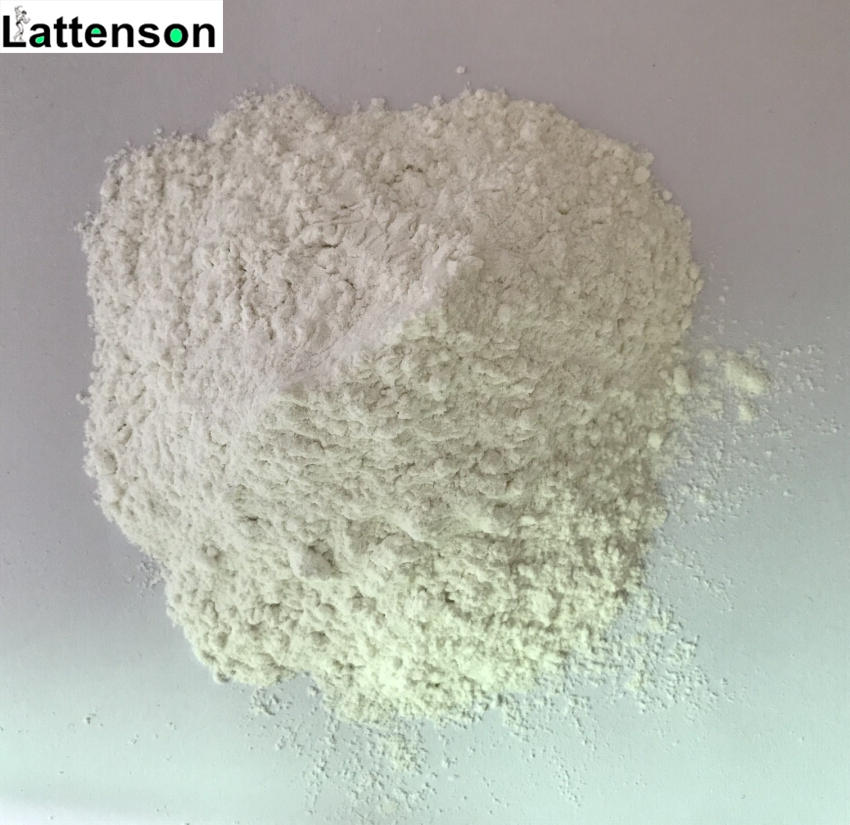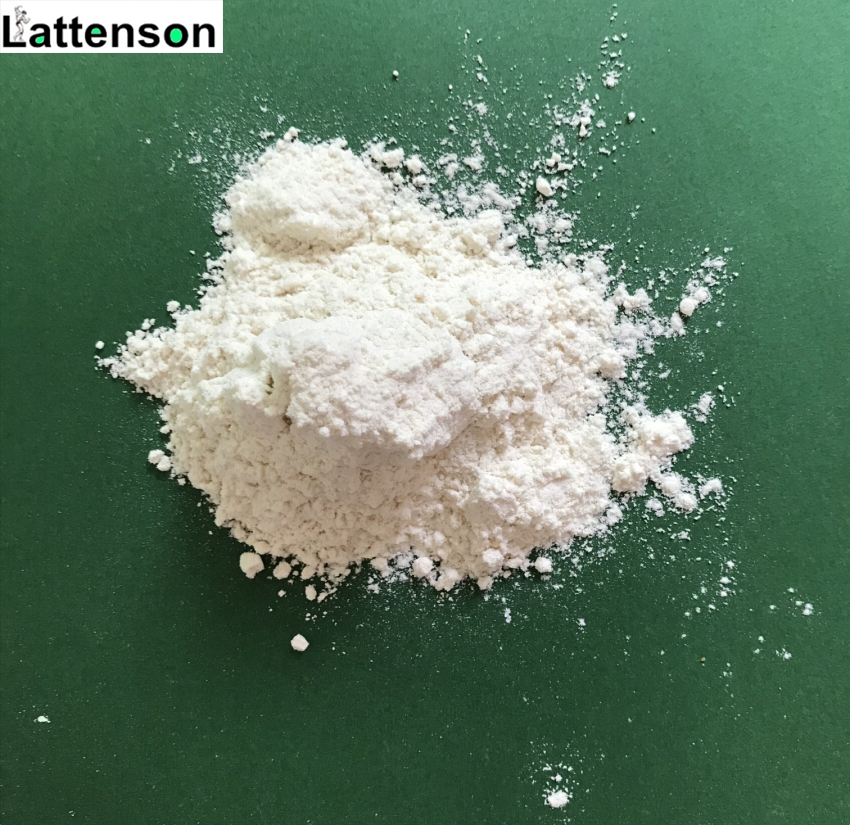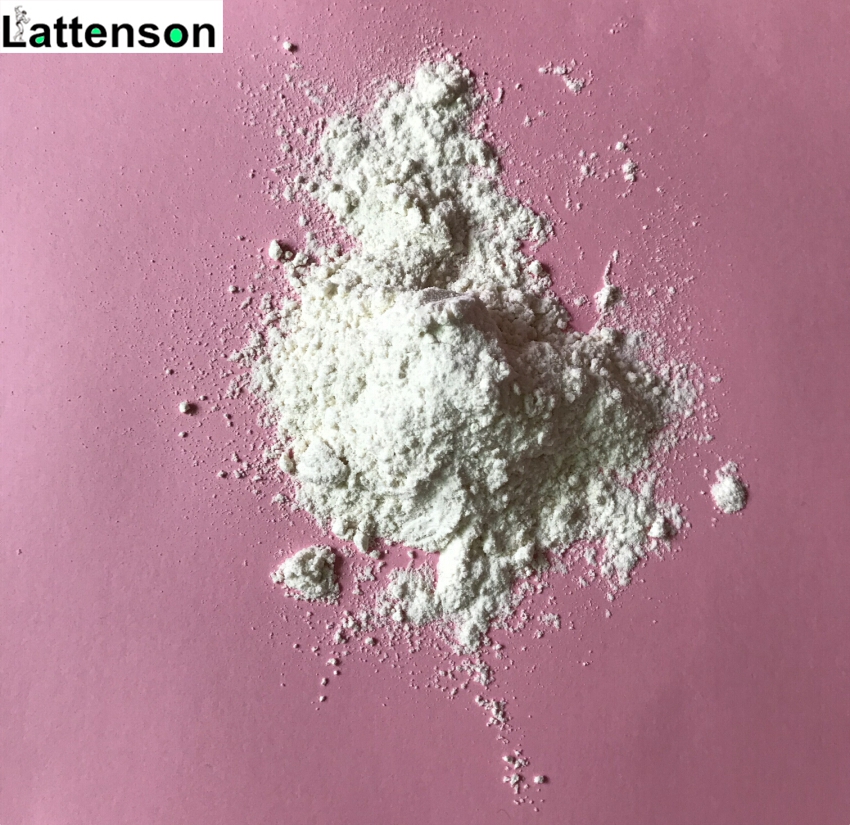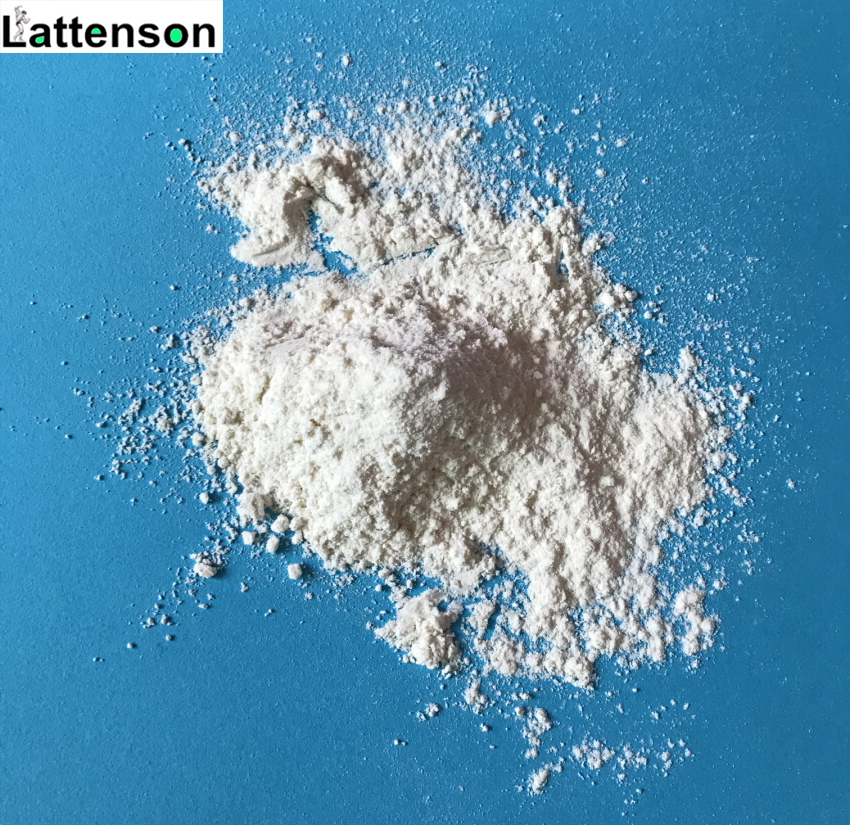Other Related
Description
Benzocaine hydrochloride works by creating a chemical barrier that halts the build-up of sodium, which accumulates as the nerve endings are stimulated by pain. When sodium builds up, electrical signals also build in the nerve endings. These are eventually transmitted to the brain, which interprets the signals as pain.
Benzocaine hydrochloride is a local anesthetic commonly used as a topical pain reliever or in cough drops. It is the active ingredient in many over-the-counter anesthetic ointments such as products for oral ulcers. It is also combined with antipyrine to form A/B otic drops to relieve ear pain and remove earwax.
Application
Benzocaine HCL works by creating a chemical barrier that halts the build-up of sodium, which accumulates as the nerve endings are stimulated by pain. When sodium builds up, electrical signals also build in the nerve endings. These are eventually transmitted to the brain, which interprets the signals as pain.
Benzocaine hydrochloride is usually made into powder or oil paste and used to heal wounds, ulcers, burns, skin abrasions and hemorrhoids.
There are quite a few different uses for Benzocaine, these include:
As an ingredient in cough syrups
To treat cold sores
To treat toothache
To treat irritation from dentures
To treat earache
As a surgical local anesthetic
In condoms used to delay ejaculation
To tranquilize Fish
COA OF Benzocaine
| Product name |
Benzocaine |
| CAS No. |
94-09-7 |
Outer Packing |
25KG/drum |
| Production date |
2015.05.06 |
Shelf life |
2017.05.05 |
| Standard adopted |
USP36 |
| Items of analysis |
Specification |
USP36 |
| Appearance |
White crystalline powder |
White crystalline powder |
| Identification |
Consistent with the standard
Chart |
Conformed |
| Reactive identification |
Orange red |
Orange red |
| Melting point |
88ºC-92ºC |
89.3-90.3ºC |
| Loss on drying |
≤0.5% |
0.3% |
| Easy carbide |
Comply with USP standards |
Conformed |
| Residue on ignition |
≤0.1% |
≤0.1% |
| Chlorine |
NO |
Not detected |
| Heavy metals |
≤10ppm |
<10ppm |
| Total impurity |
≤1.0% |
Not detected |
| Assay |
98-102% |
101.4% |
| Conclusion |
Qualified |
| Anti-painingAnesthetic Anodyne |
| Name |
CAS |
| Tetracaine hydrochloride |
50-41-9 |
| Procaine |
59-46-1 |
| Tetracaine |
94-24-6 |
| Pramoxine Hydrochloride |
637-58-1 |
| Procaine HCl |
1951-5-8 |
| Lidocaine |
137-58-6 |
| Dibucaine hydrochloride |
1961-12-1 |
| prilocaine |
721-50-6 |
| Propitocaine hydrochloride |
1786-81-8 |
| Proparacaine hydrochloride |
5875-6-9 |
| Linocaine hydrochloride |
6108-05-0 |
| Articaine hydrochloride |
23964-57-0 |
| Levobupivacaine hydrochloride |
27262-48-2 |
| Ropivacaine hydrochloride |
132112-35-7 |
| Bupivacaine |
2180-92-9 |
| Bupivacaine hydrochloride |
14252-80-3 |













 Sales Manager
Sales Manager